- Xu Xiake, a traveler of the Ming Dynasty, visited Hengshan in 1633. When he saw the Hanging Temple, he needed courage to climb
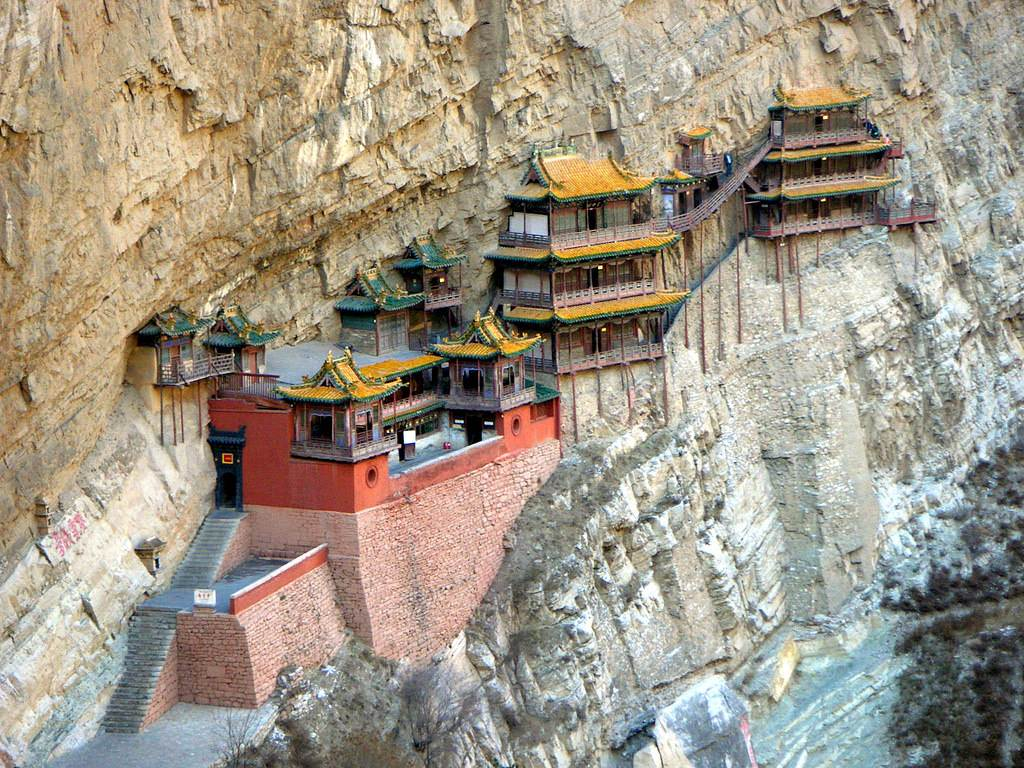
Five thousand years before and after China, we have built countless traditional buildings, and there are still 263,885 scattered Chinese land. Most of them are either built on flat land or built on hills where the slope is relatively slow. About 1500 years ago, there was a "sky castle" in the mountains of the northwestern part of the mountain, which was "hanging" on the cliff wall, known as the "hanging temple."
Above the pavilion is a dangerous rock. The limestone formation formed by the ancient ocean sediments is clear, arranged in an array like the array, and the sky is slanted to form a geological "monoclinic structure". Below is a river that is often flooded, and the rainy floods in the summer are covered with silt and gravel, constantly scouring the valley. Until modern times, people built dams upstream, forming a 13.3 million cubic meter reservoir that gradually eliminated the floods.

The Hanging Temple is located between such mountains and rivers. The bottom of the highest temple is about 90 meters from the valley below, which is equivalent to the height of 30 floors or the Statue of Liberty. Why build a building of this height here? What kind of imagination and wisdom did the ancients 1500 years ago have?
origin
1500 years ago, China was in the split period of the Northern and Southern Dynasties. Tuoba Xianbei descended from the grassland and established the Northern Wei Dynasty in the north. The territory reached the south of the Yellow River.

Its Ducheng Pingcheng (Datong) is located in the Datong Basin of Shanxi Province, surrounded by mountains and staggered. The Hengshan Mountains in the south are particularly dangerous. The highest peak Tianfengling is at an altitude of 2016 meters. It is honored as Beiyue with its natural danger. The emperor was in the middle of the day, with two traffic routes controlling the Central Plains, one running through Shanxi and the south to the state (Taiyuan); one piercing Hengshan and connecting the North China Plain. The road was built by tens of thousands of soldiers in Hengshan, day and night. The vast engineering remains have survived.
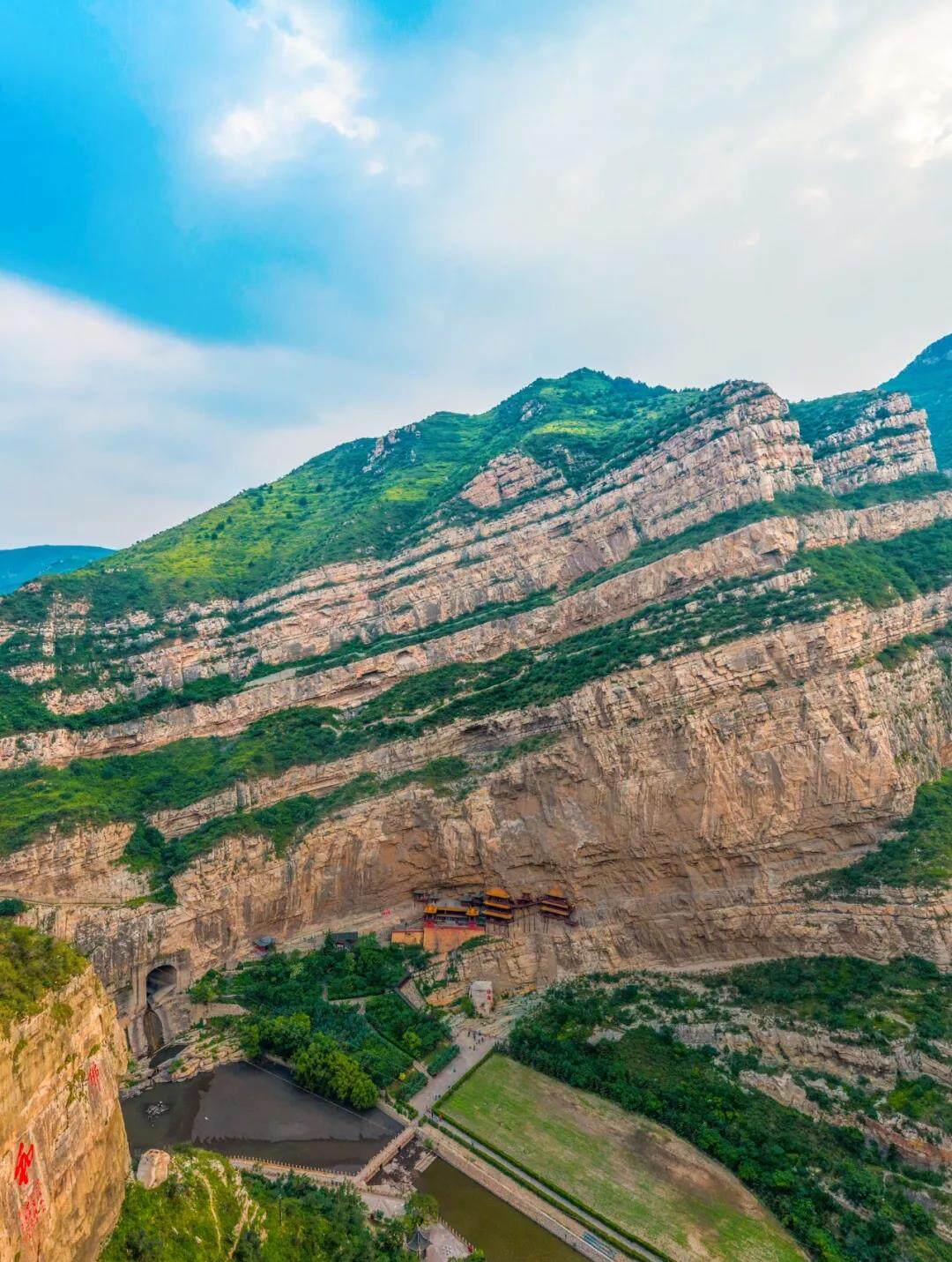
Various religions also gathered in the capital, and the beliefs of the emperor and the nobility swayed. Under the influence of Taoism, the emperor built a large number of Taoist temples. The five-storey Tianshi Taoist Temple rises in the capital of the country, and the Yue Temple, which is worshipped by the state, stands on the main peak of Hengshan.
Under the influence of Buddhism, they also opened the Yungang Grottoes in Datong; and expanded the Mogao Grottoes in Dunhuang. When they went south, they brought the wave of excavation to Luoyang to form the Longmen Grottoes. China's three major grottoes are closely related to the Northern Wei Dynasty.

Buddhism and Taoism compete for the believers, and the emperors and nobles support them. These have laid the foundation for the construction of more imaginative temples. It must be built in a special way: to show special effects and to be especially revered. It is in this context that the Hanging Temple came into being.
Construct
The builders of the temple chose a valley at the foot of Hengshan Mountain. The east side of the valley is the main peak Tianfeng Ridge; the west side is the Tsuiping Peak at an altitude of more than 1,600 meters; the middle is the second-level tributary of the Sanggan River, Tanggu River, mountain view, The waterscape creates a fairyland. The connecting country and the plank road of the North China Plain, and passing through the valley, the pedestrians between the north and the south travel, both "imperial" and close to the red dust, called the temple's excellent location. But how can we hang a temple that weighs ten tons to the mountain?
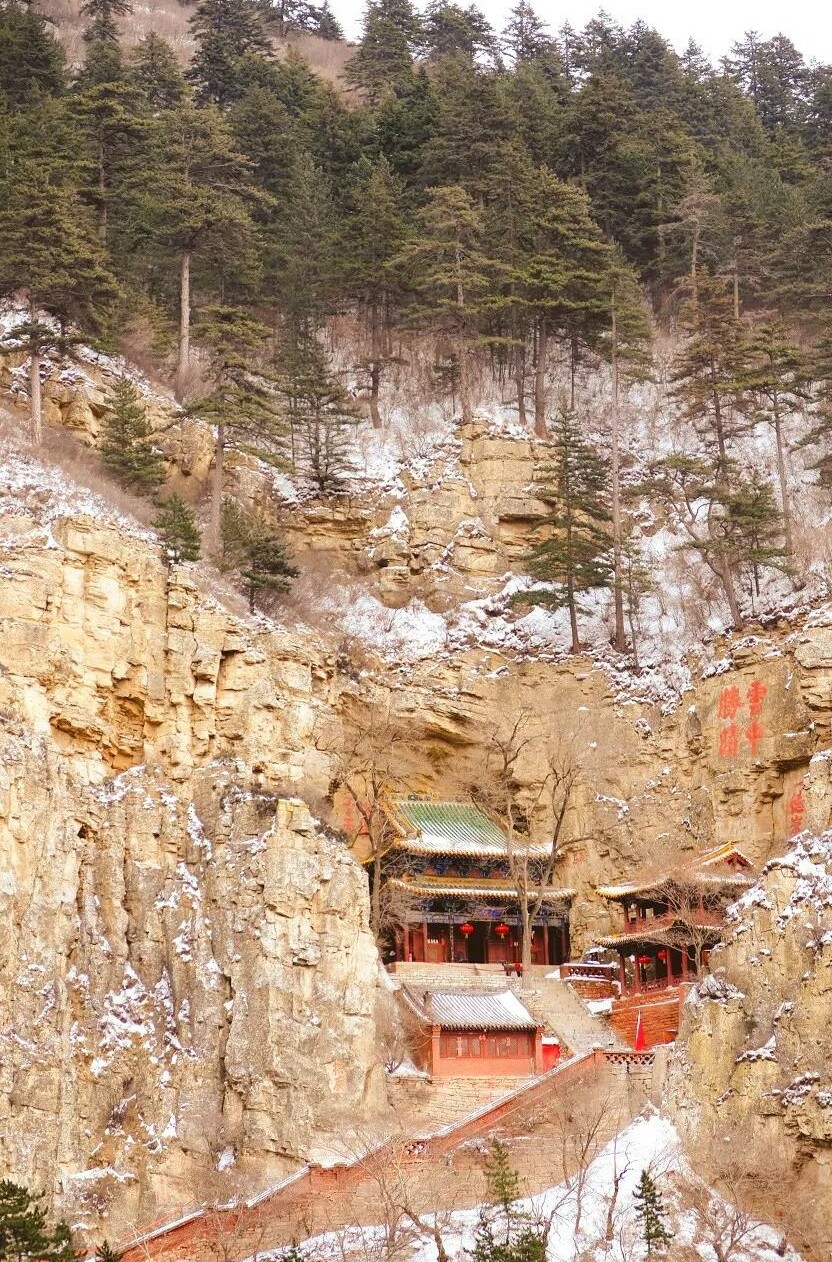
First it requires a set of "hooks". The half-mountain of Cuiping Peak on the west side of the valley is not straight up and down, but a natural groove. The craftsmen hung from the heights and used tools to enlarge the grooves and cut a platform for display. Then, a huge stone hole is made on the platform. The stone hole is a few meters deep and the "hook" will be installed here. The "hook" itself is quite amazing. It uses hard-topped hemlocks and uses tung oil for a long time to soak the anti-corrosion and moisture-proof. The most amazing thing is that the wood is pre-wrapped with a wedge. When the wood is inserted into the stone hole, the wedge will The wood is stretched out, just in the small stone hole inside the big outside, which is equivalent to the modern "expansion screw".

These woods are more than 2/3 of the length deep into the mountain, with the rock platform as the fulcrum, each of which can withstand several tons of weight, and the "hook" is completed. After the "hook", the craftsmen started the "hanging work" again. Transport the building materials to the cliffs and hang them to the "hooks".
In midair, the craftsmen used the "hook" as the beam, the column on the beam, the beam and the raft on the column, and the traditional Chinese truss frame combination was used to splicing the building materials into one. Like a building block, a complete frame is formed.
After the frame was built, the roof, doors and windows, and railings were laid one after another. In order to obtain more space in the interior of the temple, the craftsmen continued to excavate the caves on the side of the mountain, and the caves were connected to the temple, and the temples were formed into wooden structures with high-altitude cliffs.

The two north and south lofts of the main building of the Hanging Temple are built in this way. The south building is three stories high and is about 8 meters long and about 4 meters wide. From low to high, it is the Pure Yang Palace, the Sanguan Temple and the Leiyin Temple. The North Building is also three stories high. It is about 7 meters long and about 4 meters wide. The lowest floor is the Five Buddha Hall. The middle floor is the Guanyin Temple and the top is the Sanjiao Temple. Therefore, 40 large and small halls including monasteries, meditation rooms, Buddhist temples, drum towers, and bell towers were arranged in a row of north and south.
The pavilions are connected by plank roads, and later generations are added to form a closed loop for the upper and lower planks. People walk on them, and the stairs are bright or dark, twists and turns, like climbing a ladder. In the end, a complete hanging temple, a hanging temple that is not inferior to the flat temple, is presented in front of us and is a miracle.
miracle
The miracle of the Hanging Temple is, first of all, a miracle in mechanics, which succeeded in shaping a faint "hanging" illusion. Only those who know the principles know the rigorous structure and make it quite stable. Later generations added dozens of slender columns to the building, creating another illusion: as if the entire building was supported by these trembling columns.

In fact, in general, these columns do not bear weight, but in extreme cases, the column is equivalent to adding an insurance for the Hanging Temple, which makes the Hanging Temple jump from the general "static structure" to resist extreme conditions. "Super static structure".
According to the records of the local county records, there have been two earthquakes of magnitude 6 in the last 40 years, and the Hanging Temple is still standing upright. There are Chinese traditional timber-framed beam-column systems and the lower pillars.
Secondly, the miracle of the Hanging Temple is also a miracle of site selection. Its site has set off the effect of “hanging the air” and added many advantages to the Hanging Temple. The Cuiping Peak, which is nested by the Hanging Temple, is a natural groove on the mountainside. The top naturally extends outward to block the rain, and the higher position avoids the flood.

A harbor-shaped valley is formed between Cuiping Peak and Tianfengling, which acts as a safe haven and reduces the erosion of the wind on the hanging temple. Just like the mother's hands hold it in the palm of the hand. The mountain also shields the sun from the suspended temples. The average daily direct sunlight time is only 2-3 hours, which can avoid the weathering of wood caused by exposure.
After more than 1,500 years of wind and frost, the Hanging Temple has seen people coming and going, clouds and clouds, after the dynasty replacement, the stars and moons rise and fall. It has been repeatedly repaired in the war and natural disasters. The appearance we see today is basically a relic of reconstruction in the Ming and Qing Dynasties. As the architect Luo Zhewen commented: "A combination of Xianshan Pavilion and high artistic value." This is China's first "castle in the air", from the imagination of 1500 years ago. Editor / Zhao Jing
Comment
 Praise
Praise
 Collect
Collect
 Comment
Comment
 Search
Search


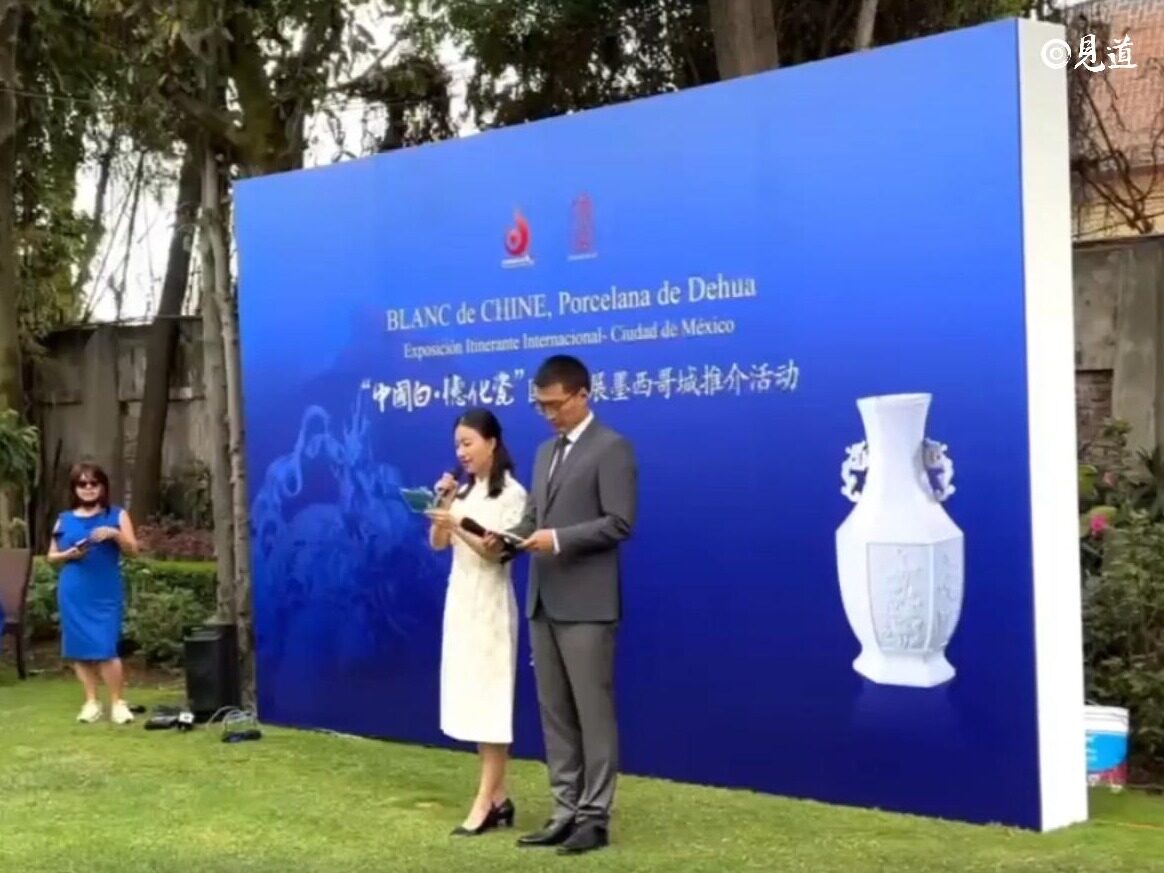

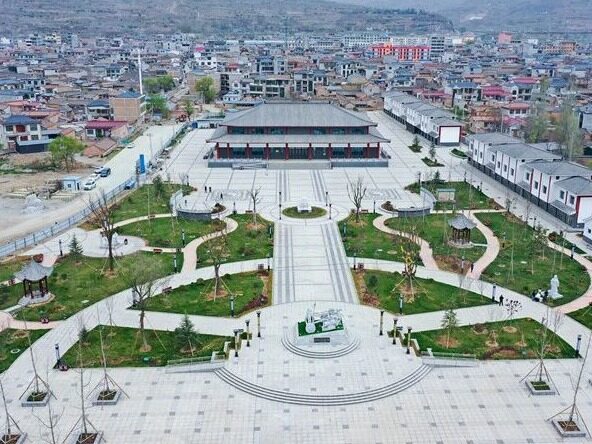
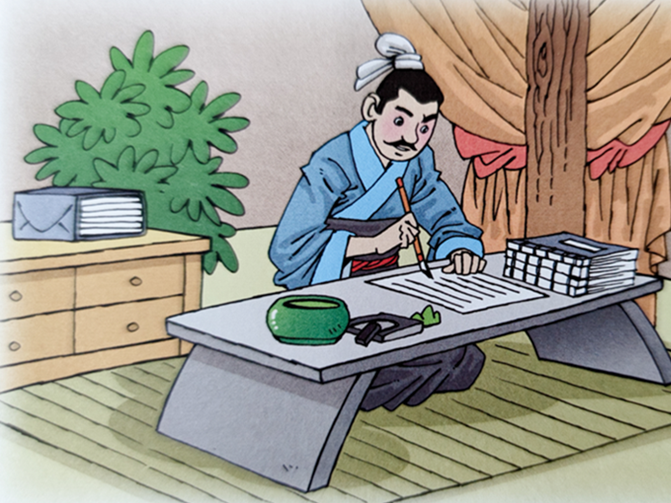
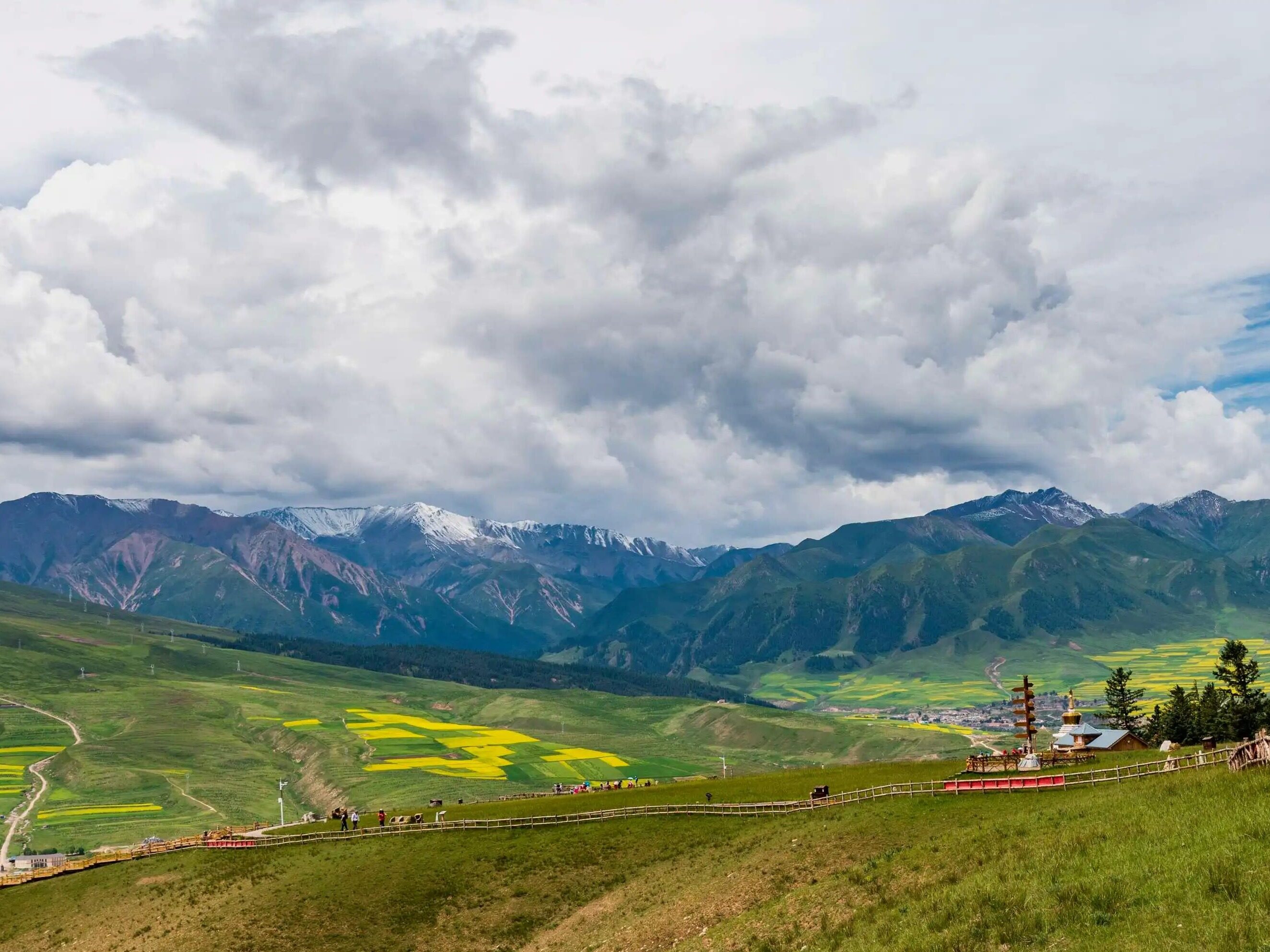
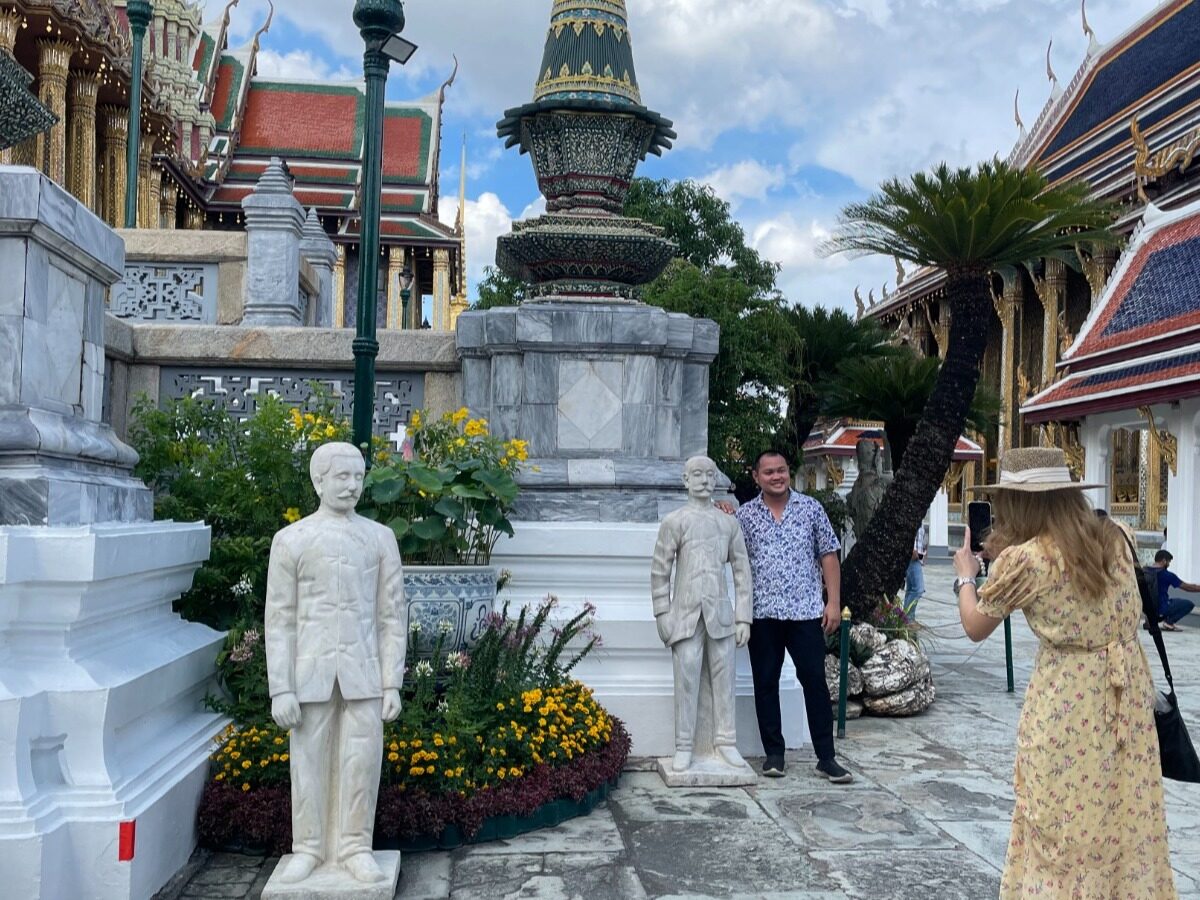






Write something~